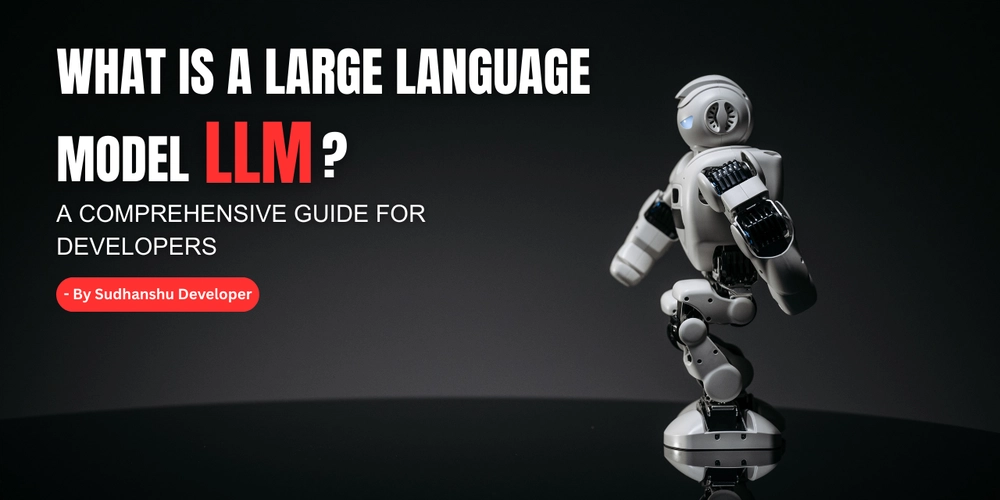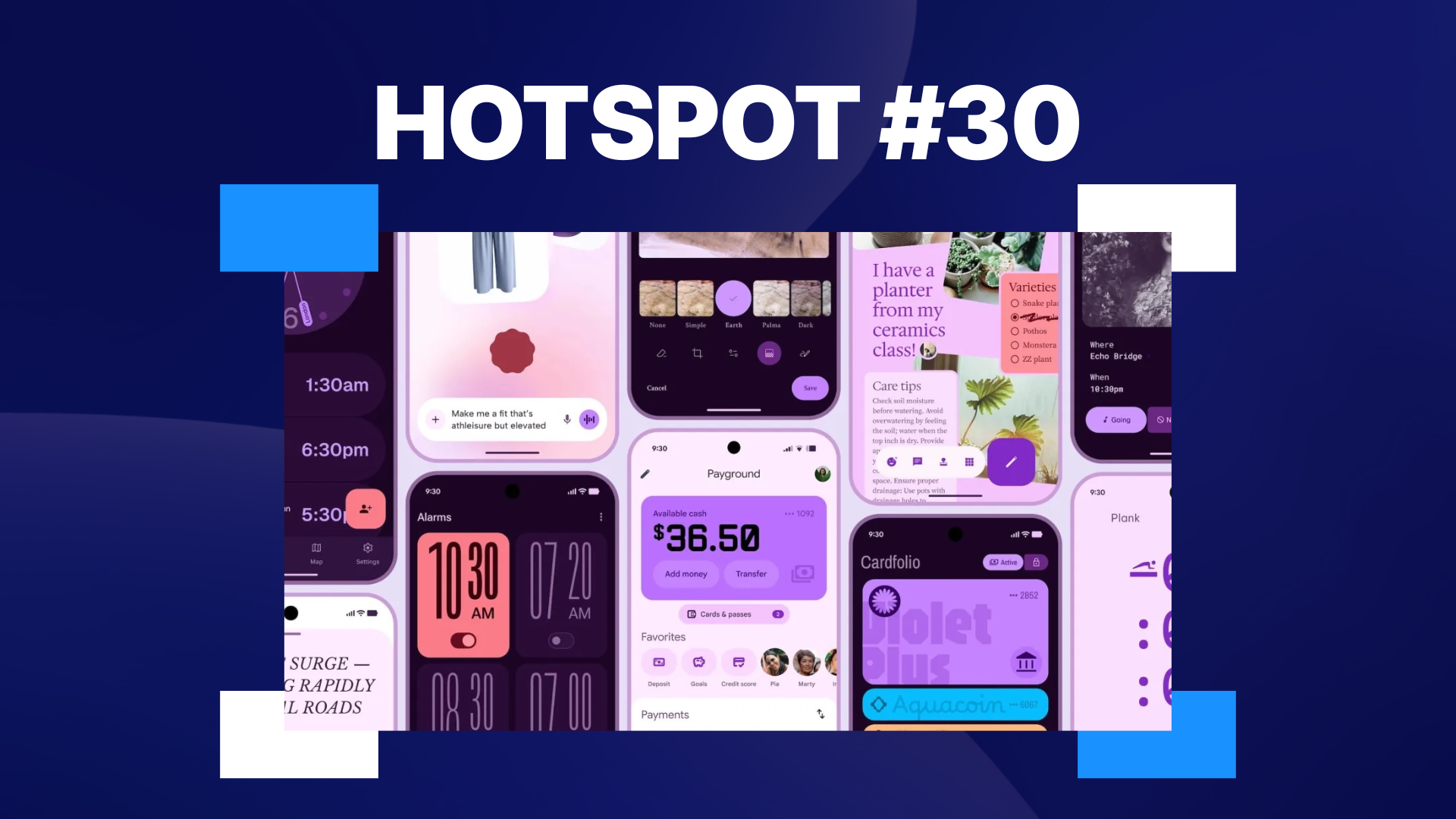What is a Large Language Model (LLM)? A Comprehensive Guide for Developers
Introduction In the rapidly evolving field of artificial intelligence (AI), Large Language Models (LLMs) have emerged as powerful tools capable of understanding and generating human-like text. These models are transforming industries by enabling applications such as chatbots, content generation, and code assistance. This post delves into the fundamentals of LLMs, their architecture, applications, and how developers can leverage them in modern applications. What is a Large Language Model? A Large Language Model (LLM) is a type of AI model trained on vast amounts of textual data to understand, generate, and manipulate human language. LLMs are designed to perform a variety of natural language processing tasks, including: Text generation Translation Summarization Question answering Sentiment analysis These models are built upon deep learning architectures, particularly transformers, which enable them to capture complex patterns and relationships in language data. These models are built using deep learning techniques, particularly transformer architectures, which allow them to process and generate text with remarkable fluency and coherence. Key Characteristics Scale: LLMs are trained on massive datasets, often comprising billions of words from diverse sources like books, articles, and websites. Parameters: They have billions of parameters, which are the internal variables the model learns during training to make predictions. Capabilities: LLMs can perform a wide range of tasks, including text completion, translation, summarization, question-answering, and even creative writing. How Do Large Language Models Work? LLMs are based on the transformer architecture, introduced in the paper "Attention is All You Need" by Vaswani et al. in 2017. The transformer model uses self-attention mechanisms to weigh the importance of different words in a sentence, allowing it to capture context and relationships effectively. Training Process Pre-training: The model is trained on a large corpus of text data to predict the next word in a sentence or fill in masked words. This phase helps the model learn grammar, facts, and some reasoning abilities. Fine-tuning: After pre-training, the model can be fine-tuned on specific tasks or domains with smaller, task-specific datasets to improve performance in those areas. Inference When given a prompt, the model generates text by predicting the most likely next word based on the context provided. This process is repeated iteratively to produce coherent and contextually relevant responses. Applications of Large Language Models LLMs have a wide range of applications across various industries: Content Generation: Automating the creation of articles, blogs, and marketing copy. Customer Support: Powering chatbots and virtual assistants to handle customer queries. Translation: Providing real-time language translation services. Education: Assisting in personalized learning and tutoring. Healthcare: Analyzing medical literature and assisting in diagnosis. Data Collection: Gathering large-scale text corpora from diverse sources such as books, websites, and articles. Tokenization: Breaking down text into tokens (words, subwords, or characters) that the model can process. Pretraining: Training the model on large datasets using self-supervised learning objectives, such as predicting masked tokens or the next token in a sequence. Fine-Tuning: Adapting the pretrained model to specific tasks or domains by training on smaller, task-specific datasets. Understanding the Architecture of LLMs The architecture of LLMs is primarily based on the transformer model, introduced in the paper "Attention Is All You Need". The key components of this architecture include: Embedding Layer: Converts input tokens (words or subwords) into dense vector representations. Positional Encoding: Adds information about the position of each token in the sequence, allowing the model to capture the order of words. Multi-Head Self-Attention Mechanism: Enables the model to focus on different parts of the input sequence when encoding a particular token, capturing contextual relationships. Feedforward Neural Network: Processes the output of the attention mechanism through nonlinear transformations. Layer Normalization and Residual Connections: Facilitate training deep networks by stabilizing and preserving information across layers. These components are stacked in layers to form deep networks capable of modeling complex language patterns. Applications of LLMs in Modern Development LLMs have a wide range of applications across various domains: Chatbots and Virtual Assistants: Powering conversational agents that can understand and respond to user queries. Content Generation: Assisting in writing articles, summaries, and creative content. Code Completion and Generation: Helping developers by suggesting co

Introduction
In the rapidly evolving field of artificial intelligence (AI), Large Language Models (LLMs) have emerged as powerful tools capable of understanding and generating human-like text. These models are transforming industries by enabling applications such as chatbots, content generation, and code assistance.
This post delves into the fundamentals of LLMs, their architecture, applications, and how developers can leverage them in modern applications.
What is a Large Language Model?
A Large Language Model (LLM) is a type of AI model trained on vast amounts of textual data to understand, generate, and manipulate human language. LLMs are designed to perform a variety of natural language processing tasks, including:
Text generation
- Translation
- Summarization
- Question answering
- Sentiment analysis
These models are built upon deep learning architectures, particularly transformers, which enable them to capture complex patterns and relationships in language data.
These models are built using deep learning techniques, particularly transformer architectures, which allow them to process and generate text with remarkable fluency and coherence.
Key Characteristics
- Scale: LLMs are trained on massive datasets, often comprising billions of words from diverse sources like books, articles, and websites.
- Parameters: They have billions of parameters, which are the internal variables the model learns during training to make predictions.
- Capabilities: LLMs can perform a wide range of tasks, including text completion, translation, summarization, question-answering, and even creative writing.
How Do Large Language Models Work?
LLMs are based on the transformer architecture, introduced in the paper "Attention is All You Need" by Vaswani et al. in 2017. The transformer model uses self-attention mechanisms to weigh the importance of different words in a sentence, allowing it to capture context and relationships effectively.
Training Process
- Pre-training: The model is trained on a large corpus of text data to predict the next word in a sentence or fill in masked words. This phase helps the model learn grammar, facts, and some reasoning abilities.
- Fine-tuning: After pre-training, the model can be fine-tuned on specific tasks or domains with smaller, task-specific datasets to improve performance in those areas.
Inference
When given a prompt, the model generates text by predicting the most likely next word based on the context provided. This process is repeated iteratively to produce coherent and contextually relevant responses.
Applications of Large Language Models
- LLMs have a wide range of applications across various industries:
- Content Generation: Automating the creation of articles, blogs, and marketing copy.
- Customer Support: Powering chatbots and virtual assistants to handle customer queries.
- Translation: Providing real-time language translation services.
- Education: Assisting in personalized learning and tutoring.
- Healthcare: Analyzing medical literature and assisting in diagnosis.
- Data Collection: Gathering large-scale text corpora from diverse sources such as books, websites, and articles.
- Tokenization: Breaking down text into tokens (words, subwords, or characters) that the model can process.
- Pretraining: Training the model on large datasets using self-supervised learning objectives, such as predicting masked tokens or the next token in a sequence.
- Fine-Tuning: Adapting the pretrained model to specific tasks or domains by training on smaller, task-specific datasets.
Understanding the Architecture of LLMs
The architecture of LLMs is primarily based on the transformer model, introduced in the paper "Attention Is All You Need". The key components of this architecture include:
- Embedding Layer: Converts input tokens (words or subwords) into dense vector representations.
- Positional Encoding: Adds information about the position of each token in the sequence, allowing the model to capture the order of words.
- Multi-Head Self-Attention Mechanism: Enables the model to focus on different parts of the input sequence when encoding a particular token, capturing contextual relationships.
- Feedforward Neural Network: Processes the output of the attention mechanism through nonlinear transformations.
- Layer Normalization and Residual Connections: Facilitate training deep networks by stabilizing and preserving information across layers.
These components are stacked in layers to form deep networks capable of modeling complex language patterns.
Applications of LLMs in Modern Development
LLMs have a wide range of applications across various domains:
- Chatbots and Virtual Assistants: Powering conversational agents that can understand and respond to user queries.
- Content Generation: Assisting in writing articles, summaries, and creative content.
- Code Completion and Generation: Helping developers by suggesting code snippets or generating functions based on descriptions.
- Language Translation: Translating text between different languages with high accuracy.
- Sentiment Analysis: Determining the sentiment expressed in text data, useful for market analysis and customer feedback.
Visualizing LLM Architecture
Understanding the architecture of LLMs can be enhanced through diagrams. A typical transformer-based LLM architecture includes:
- Input Embedding Layer: Converts tokens into vector representations.
- Positional Encoding: Adds positional information to embeddings.
- Stacked Transformer Blocks: Each block contains multi-head self-attention and feedforward layers.
- Output Layer: Generates predictions or classifications based on the processed information.
Note: For detailed diagrams, refer to resources like PromptLayer's guide on LLM architecture diagrams.
Integrating LLMs into Applications
Developers can integrate LLMs into applications using APIs provided by various platforms:
- OpenAI API: Access to models like GPT-4 for tasks such as text generation and summarization.
- Hugging Face Transformers: A library offering a wide range of pretrained models for different NLP tasks.
- AWS SageMaker: Provides tools to train and deploy machine learning models, including LLMs.
Integration typically involves sending input text to the model via an API call and receiving the generated output, which can then be utilized within the application.
Conclusion
Large Language Models represent a significant leap forward in AI, offering powerful tools for developers to create innovative applications. By understanding how LLMs work and their potential applications, developers can harness their capabilities to build solutions that were once thought impossible. As the technology continues to evolve, staying informed and ethical in its application will be key to leveraging its full potential.












































































































































































![[The AI Show Episode 146]: Rise of “AI-First” Companies, AI Job Disruption, GPT-4o Update Gets Rolled Back, How Big Consulting Firms Use AI, and Meta AI App](https://www.marketingaiinstitute.com/hubfs/ep%20146%20cover.png)






























































































































![Ditching a Microsoft Job to Enter Startup Hell with Lonewolf Engineer Sam Crombie [Podcast #171]](https://cdn.hashnode.com/res/hashnode/image/upload/v1746753508177/0cd57f66-fdb0-4972-b285-1443a7db39fc.png?#)


























































.jpg?width=1920&height=1920&fit=bounds&quality=70&format=jpg&auto=webp#)





















































-Nintendo-Switch-2-Hands-On-Preview-Mario-Kart-World-Impressions-&-More!-00-10-30.png?width=1920&height=1920&fit=bounds&quality=70&format=jpg&auto=webp#)










































































































-xl.jpg)





























![New iPad 11 (A16) On Sale for Just $277.78! [Lowest Price Ever]](https://www.iclarified.com/images/news/97273/97273/97273-640.jpg)

![Apple Foldable iPhone to Feature New Display Tech, 19% Thinner Panel [Rumor]](https://www.iclarified.com/images/news/97271/97271/97271-640.jpg)





































































![[Weekly funding roundup May 3-9] VC inflow into Indian startups touches new high](https://images.yourstory.com/cs/2/220356402d6d11e9aa979329348d4c3e/WeeklyFundingRoundupNewLogo1-1739546168054.jpg)





























